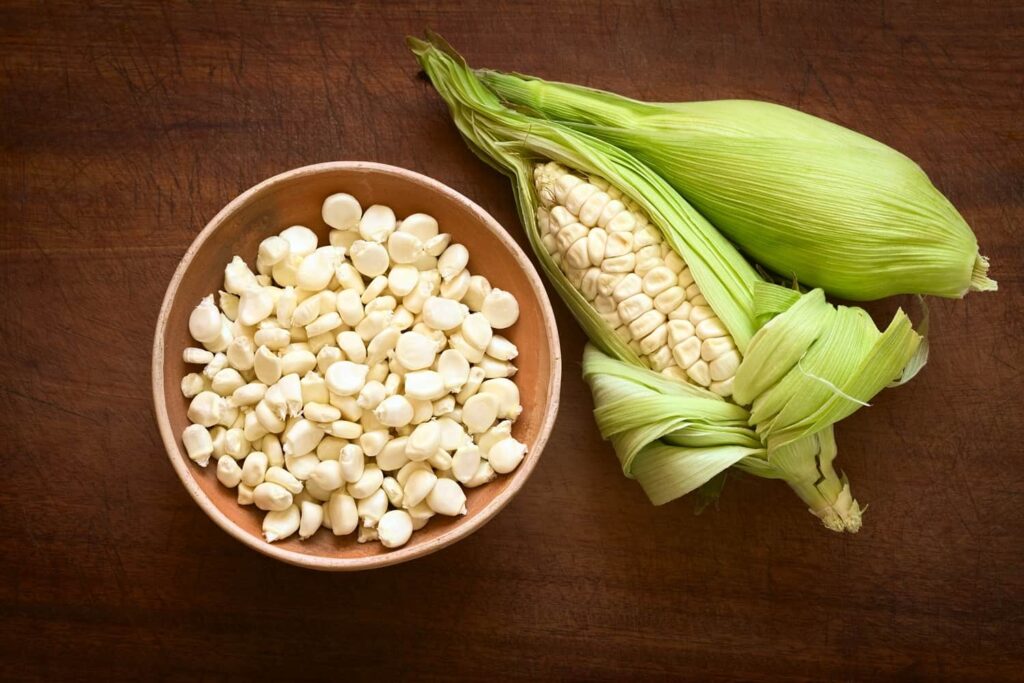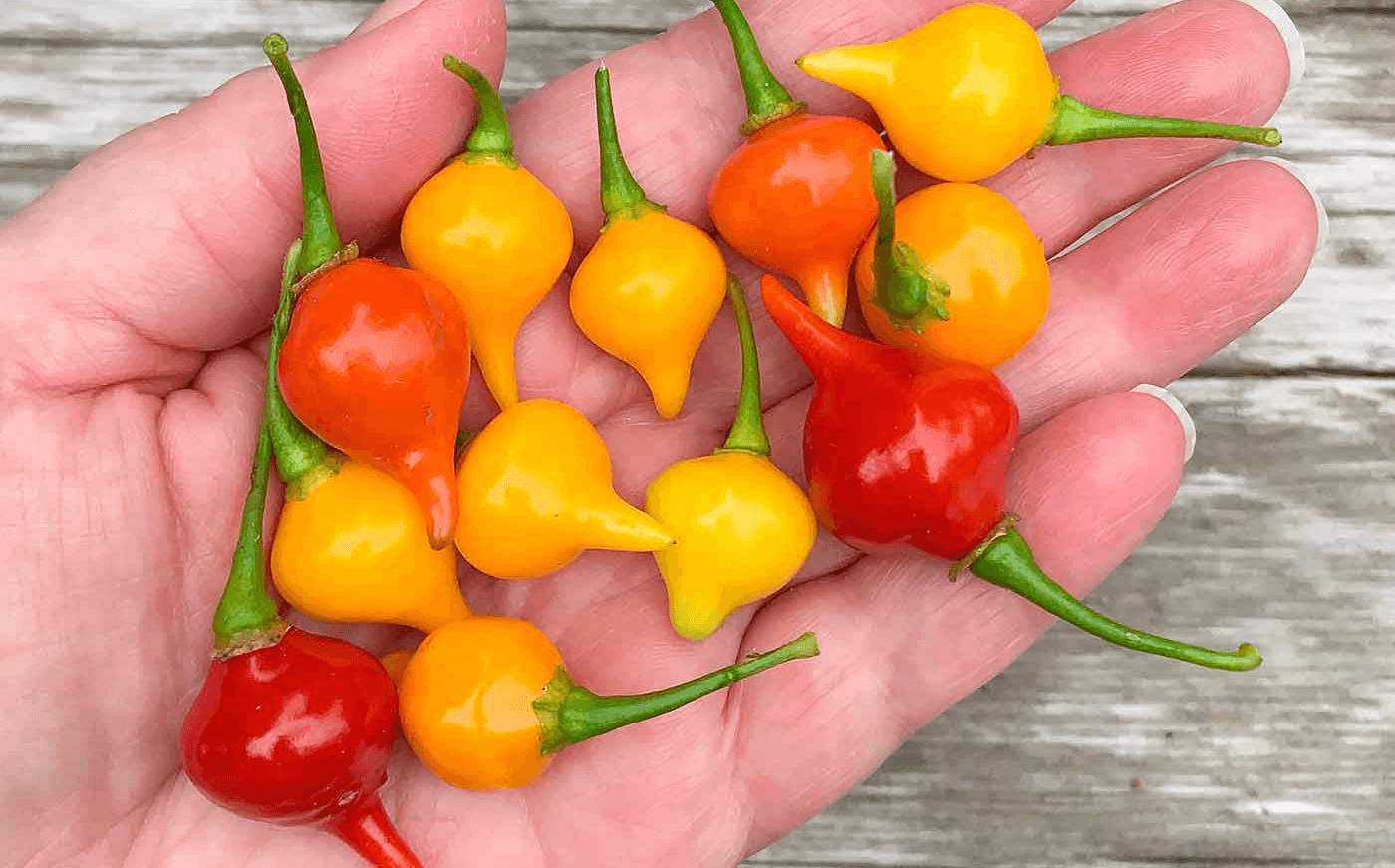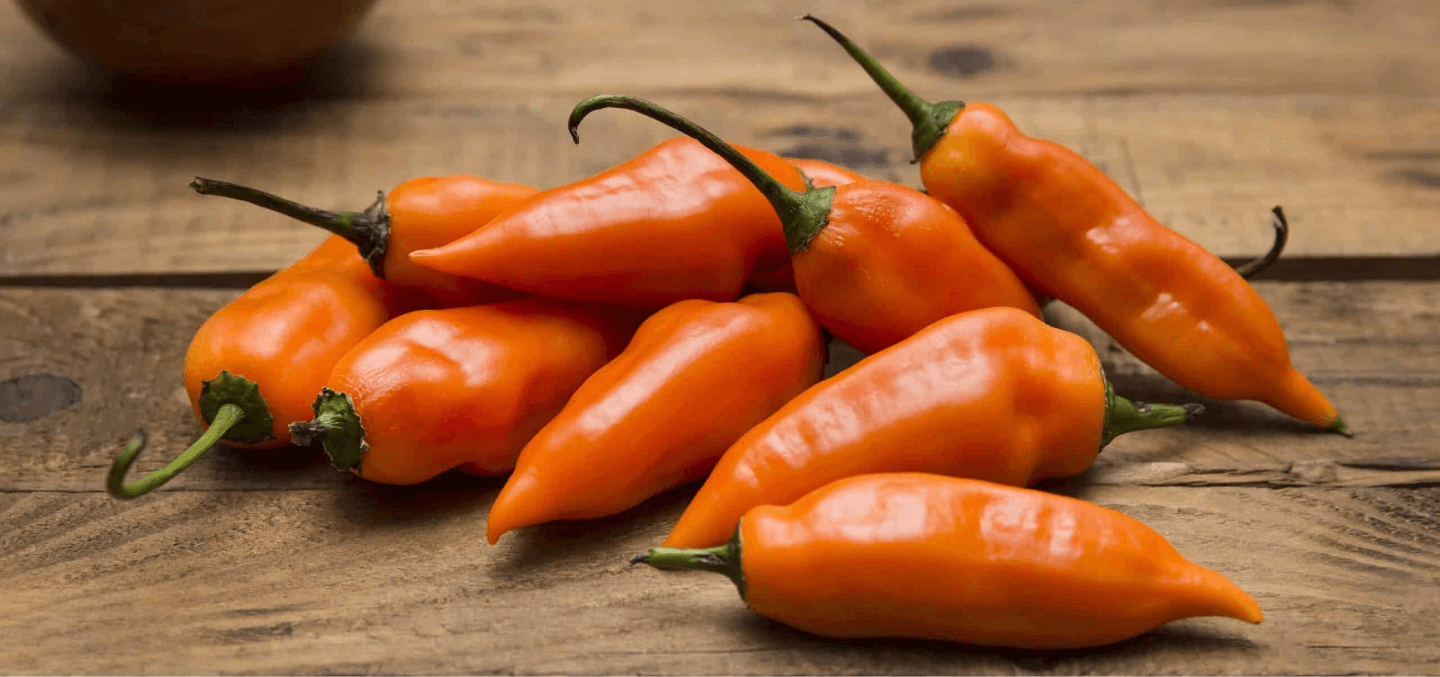Aji peppers, or chili peppers, are the backbone of Peruvian cooking. With more than 50 varieties of aji available to them, Peruvian cooks know what they’re doing with peppers. Discover some of the most-used aji peppers below. You’ll be amazed at the health benefits aji peppers offer, too!
1. Aji Amarillo
Despite being a hot pepper (30,000 - 50,000 on the Scoville scale), the aji amarillo has a fruity taste. With vivid yellow-orange colors and a fruity spicy flavor, the amarillo pepper provides a burst of color and heat to any dish.
It’s used in many Peruvian sauces, such as yellow sauce, and aji amarillo paste is incredibly popular. Aji amarillo is the most common pepper in Peru.
The aji amarillo offers many health benefits, such as anti-coagulation, which helps prevent blood clots, stroke, and heart disease. They also have pain-relieving properties and antioxidants. Antioxidants help protect the body against heart disease and cancer. Aji amarillo is also a probiotic food.

2. Rocoto
While rocoto peppers look a lot like the sweet, fruity bell peppers, don’t be fooled. Rocoto ranks between 50,000 - 250,000 on the Scoville scale, which could really blow your socks off.
Rocoto relleno (stuffed rocoto) is a traditional Peruvian dish popular in the Andes, where rocoto peppers grow. Peruvian cooks boil the peppers in water laced with salt and vinegar to lower the heat of the rocoto.
Like bell peppers, the rocoto pepper comes in red, orange, yellow, or green. The color of a rocoto is determined by the stage of maturity the fruit has reached. Again, this is similar to bell peppers, but the rocoto has black seeds.
Rocoto peppers are packed with vitamins A, C, and E. Vitamin A is good for your eyesight, whilst vitamin C boosts your immune system. Vitamin E is an antioxidant and can help support healthier skin.

3. Aji Limo
With its wide range of colors (aji limo comes in red, yellow, orange, purple, and white), aji limo is a popular pepper. Aji limo adds the heat to the world-famous dish, ceviche, and registers at 30,000 - 50,000 on the Scoville scale.
If you’re a salsa lover, you’ll enjoy aji limo salsa, famous for the aji limo peppers’ spicy citrus taste.
Aji limo comes in a range of shapes and sizes. It can be eaten raw, but this brings intense heat to your meal.
There are many health benefits to eating aji limo, such as vitamins and essential minerals like potassium. Aji limo also has anti-inflammatory properties.

4. Aji Panca
Popular in marinades, aji panca is a red pepper that turns chocolate brown when dried. Aji panca is a sweet, flavorsome pepper with little heat (1000 - 1500 on the Scoville scale). However, it offers a slightly smoky taste, perfect for beef marinades or sauces and chicken dishes. Aji panca also tastes excellent in fish soups.
Aji panca is the second most common pepper found in Peru and is often found in traditional Peruvian markets. It’s sold as fresh, dried, or ground, and pastes are also popular.
Like all peppers, aji panca has antioxidant properties and is full of vitamins A, C, and E, so it’s great for your immune system.

5. Aji Charapita
Aji charapita is a jungle pepper, usually pickled in vinegar and bright yellow in color. They grow in the jungle regions of Peru and are used as replacements for aji limo in ceviche.
The aji charapita is another pepper that makes a great sauce, such as aji de cocona, the tangy, fruity sauce made with peppers, and cocona fruit.
In terms of heat, the aji charapita ranks at 30,000 - 50,000 on the Scoville scale, so it can pack a punch.
Aji charapita are excellent sources of riboflavin, iron, and magnesium, as well as being full of vitamins.
There are many wonderful peppers to discover in Peruvian cuisine, but these are the most popular aji peppers you will come across in Peruvian meals. If you’re a fan of sampling local produce, you will surely want to try some regional peppers and the dishes made with them when you visit Peru. The list above is simply a place to start.
If you’ve tried any Peruvian peppers in your cooking, let us know on Twitter or Instagram. We’d love to see what you’ve used aji peppers for!





